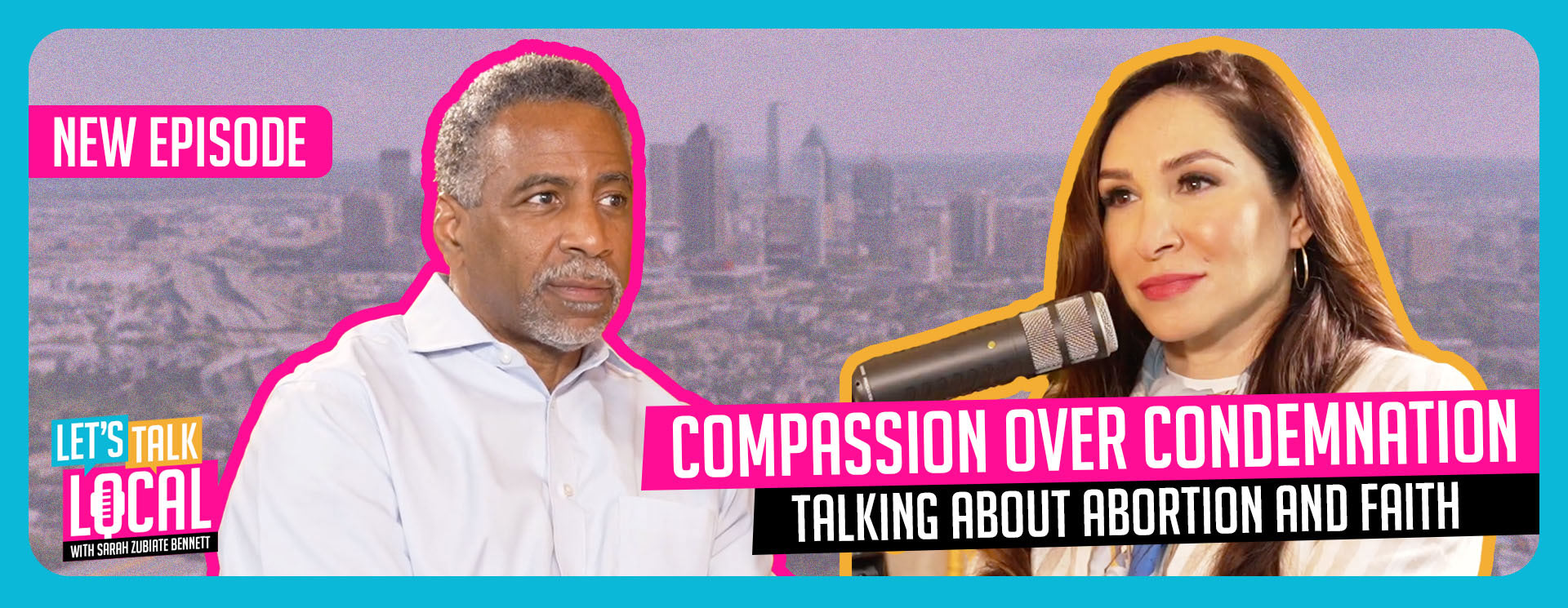The Dallas Mavericks lost to the Boston Celtics in five games in the NBA Finals, and the team will now look ahead to the NBA offseason in an attempt to improve its roster and come back stronger in the 2024-2025 season.
However, any attempts at bolstering the roster raise the question of where the Mavericks went wrong in the NBA Finals. Two key aspects of the team’s performance stand out:
Generating and Converting Wide Open Attempts
Throughout the series, the Mavericks continually failed to create and convert wide-open shots, considered by the NBA to be shots with no defender within six feet of the player shooting the ball.
Dallas managed to generate wide-open shot attempts on just 15.8% of its overall attempts during the five-game series, which was a significant decrease from the regular season, during which the team was considered to be wide-open on 21.7% of attempts.
The Mavericks also generated wide-open shot attempts on 21.1% of overall shot attempts in the conference semifinals against the Oklahoma City Thunder and 21.8% of shot attempts in the Western Conference Finals against the Minnesota Timberwolves, marking a stark difference from their final series of the season.
In addition to struggling to create wide-open shot attempts, Dallas failed to convert on the limited attempts the team managed to create during the series.
Dallas was one of the best teams at converting wide-open shot attempts leading into the NBA playoffs, finishing the regular season with the fourth-best shooting percentage at 42% from the field in those situations.
However, these numbers dropped off significantly during the NBA Finals, as the team made just 31.8% of shot attempts from the field and 31.1% from behind the three-point line.
While the Mavericks could have overcome these deficiencies with poor shooting from the Celtics in similar situations, Boston managed to create more shot attempts and finish them at a higher rate.
Boston created wide-open attempts on 22.5% of shots while also converting those shots at a rate of 42.6%, which proved too much for the Mavericks to overcome through the five games.
Inconsistent Scoring Efforts Across the Board
Although various players had defensive issues throughout the series, the Mavericks’ biggest issue was being unable to score the ball effectively in most Finals games. Dallas held the Celtics to an average of only 101.6 points.
Through the first two games of the series, Mavericks guard Luka Doncic averaged an impressive 31 points and six assists, but nearly everyone else on the team struggled to score during that span.
The entire rest of the Mavericks’ roster scored an average of 62.5 points during those two games, while guard Kyrie Irving struggled to carry over his hot shooting from the Western Conference Finals, scoring just 12 points in Game 1 and 16 points in Game 2.
Game 3 of the series was also a rough shooting night for the majority of the team outside of Doncic and Irving, who combined to score 62 of the team’s 99 points.
However, outside of these two players, the Mavericks’ roster shot just 45.2% from the field and 33.3% from behind the three-point line.
In the Mavericks’ lone victory in Game 4, the team scored its most points of the NBA Finals, finishing with 122 points in a 38-point victory.
The team also managed to have one of the best shooting games of the Finals, as the game ended with the Mavericks shooting 50.5% from the field and 40.5% from behind the three-point line.
Dallas’ season ended with one final loss in Game 5, during which the team continued to shoot poorly.
The Mavericks shot only 44.9% from the field while making 29.7% of attempts from behind the three-point line. The team also made just 53.8% of its attempts from the free-throw line.
Each of these issues led to the Mavericks losing in the NBA Finals to the Celtics, but each of these could also be fixed heading into next season.
Dallas will likely look to add an additional scoring guard or forward while picking up depth on the wings in the form of a player who can make a wide-open jump shot while defending on the other end of the court.


